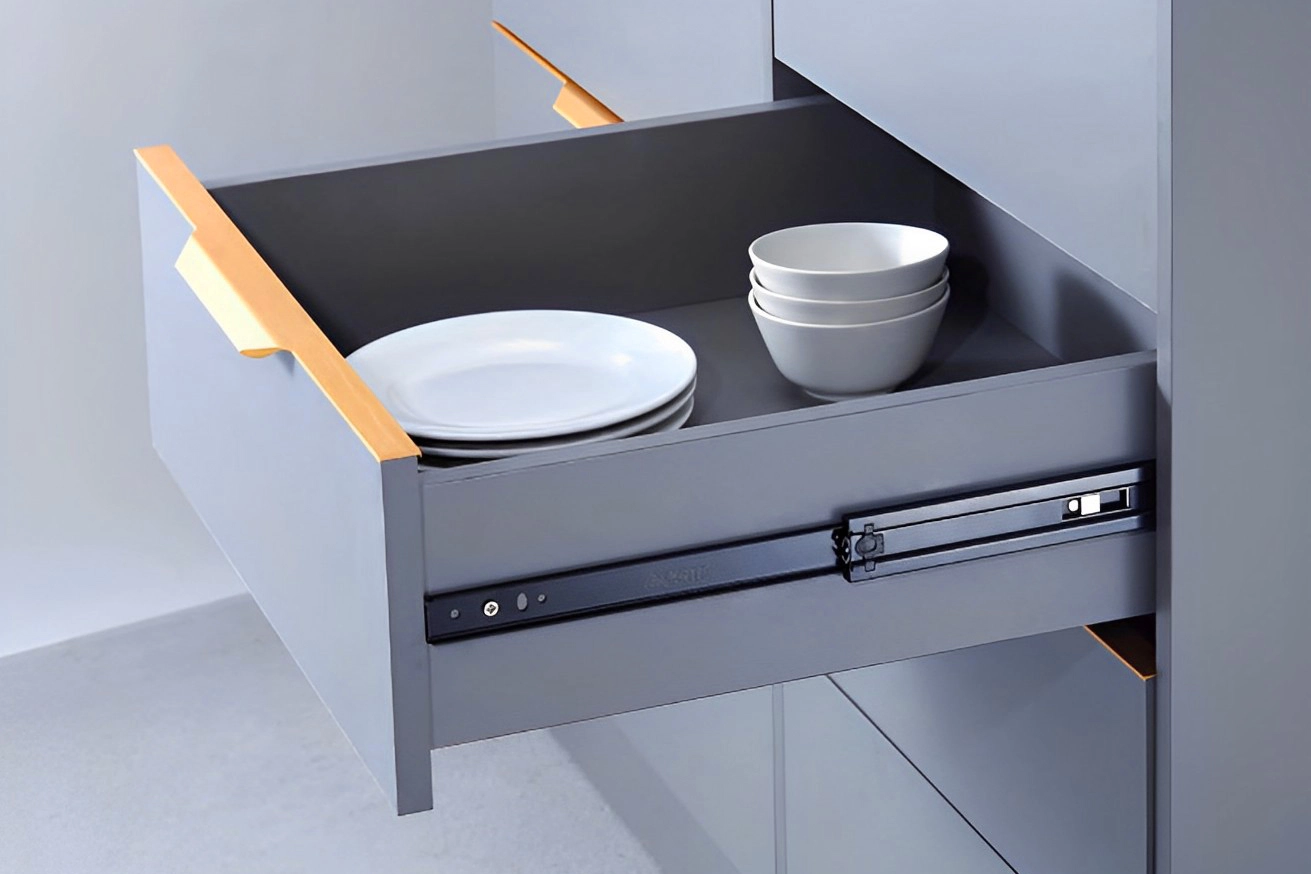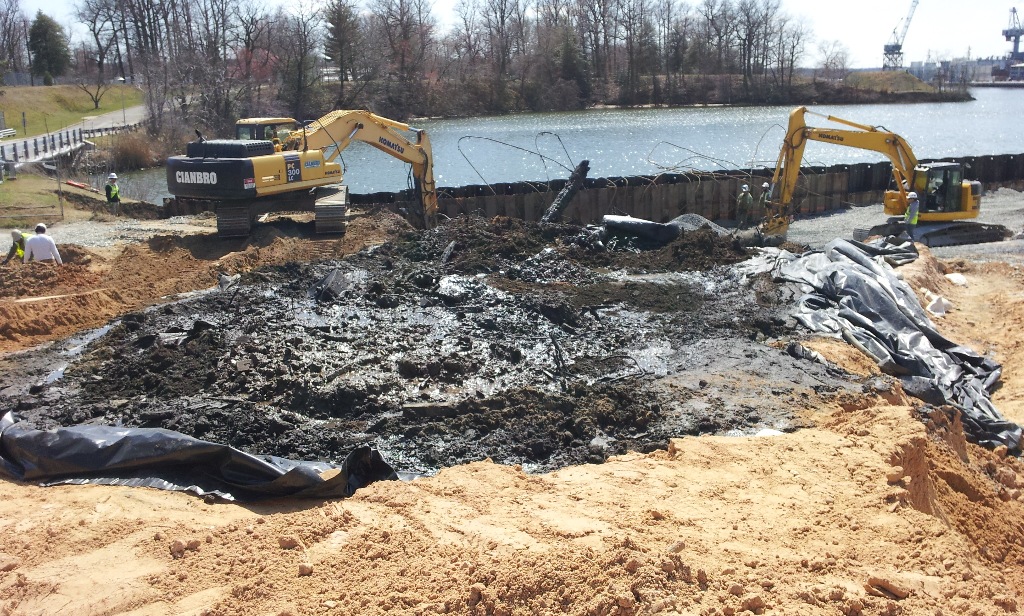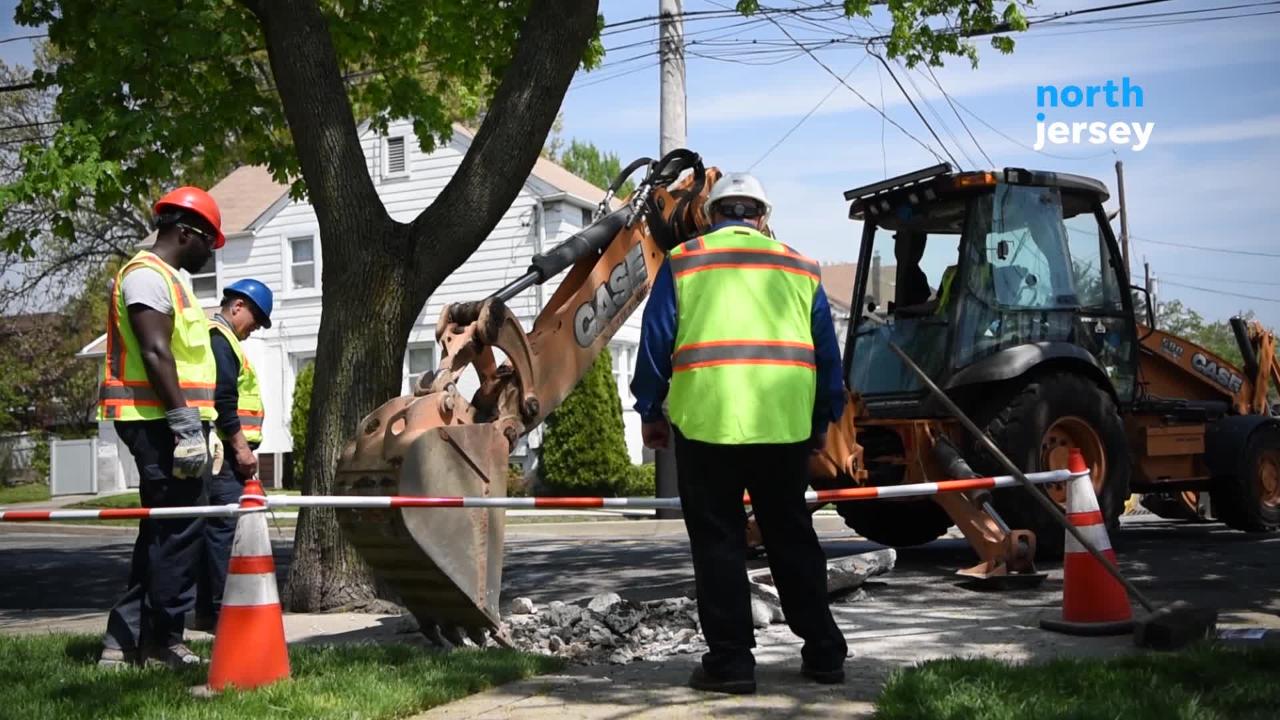Power outages can happen unexpectedly—whether due to storms, faulty wiring, grid failures, or maintenance work. As a homeowner, knowing how to respond quickly and safely is crucial. This guide walks you through the most important steps to take during a blackout and when to call a professional Electrician for help.

Content
1. Stay Calm and Assess the Situation
The first thing to do during a power outage is to avoid panic. Blackouts are common and usually temporary.
Take a moment to notice whether the outage is affecting your entire home or only one part of it. A localized power loss may indicate a tripped breaker or wiring issue.
2. Check Your Circuit Breaker
Head to your electrical panel and inspect the breakers:
- Look for switches that are between ON and OFF positions
- Flip the tripped breaker all the way to OFF, then back to ON
- If breakers keep tripping repeatedly, you may have an overloaded circuit or a larger electrical problem
In this case, contacting a licensed Electrician is the safest next step to prevent electrical hazards.
3. Determine Whether It’s a Neighborhood Outage
If your home’s breakers are fine, check outside:
- Are nearby homes also without power?
- Are streetlights off?
- Check your utility provider’s outage map via mobile data
If the whole neighborhood is affected, it’s likely a grid or transformer issue, and the electric company will resolve it.
4. Use Backup Lighting Safely
When the lights go out:
Do:
- Keep flashlights and battery-powered lamps ready
- Use LED emergency lights or rechargeable lights
Avoid:
- Using candles unsafely or leaving them unattended
- Overloading portable power stations
This helps prevent fires, especially when visibility is low.
5. Preserve Food and Water
A fridge can keep food cold for 4 hours, while a freezer stays cold for 24–48 hours if unopened.
To avoid spoilage:
- Open refrigerators as little as possible
- Keep ice packs or a cooler ready for emergencies
- Store bottled water and dry foods in your emergency kit
6. Unplug Sensitive Electronics
Voltage spikes may occur when power returns.
Unplug devices like:
- TVs
- Computers
- Gaming consoles
- Appliances
This protects your electronics from potential damage.
7. Use Generators Responsibly
Generators are useful but must be used safely:
- Place generators outdoors at least 20 feet from your home
- Never run a generator in a garage, even with the door open
- Install carbon monoxide detectors for added safety
- Follow the manufacturer’s fuel and maintenance instructions
A professional Electrician can help install transfer switches or recommend safe generator setups.
8. Stay Informed Through Emergency Alerts
Keep a battery-powered or hand-crank radio in your emergency kit.
Your smartphone, if charged, can also help you:
- Access outage maps
- Read safety updates
- Get restoration ETAs from utility companies
9. Know When to Call an Electrician
If you notice any of the following, seek professional help immediately:
- Burnt smell near outlets
- Sparking or buzzing from electrical fixtures
- Repeated breaker trips
- Partial power loss
- Flickering lights after power returns
A certified Electrician can diagnose hidden electrical issues and ensure your home’s safety.
10. Prepare for Future Power Outages
To minimize disruptions:
- Install surge protectors
- Upgrade old wiring
- Keep backup lighting and power sources ready
- Maintain your electrical panel
- Create a family emergency plan
Preventive steps reduce risk and keep your home safe during unexpected outages.
Final Thoughts
Power outages are inconvenient, but with the right preparation and safety measures, you can handle them calmly and effectively. Always prioritize safety, avoid DIY electrical repairs, and consult a qualified Electrician when you suspect an internal electrical problem.
If you’re proactive and informed, your home will be better equipped to handle blackouts—no matter when they happen.

Wesley is a home improvement blogger who strives to improve his life and the lives of others. He provides homeowners with helpful tips on how to renovate their homes. His goal is not only to provide easy-to-follow instructions, but also share his own personal experiences for those seeking guidance.












